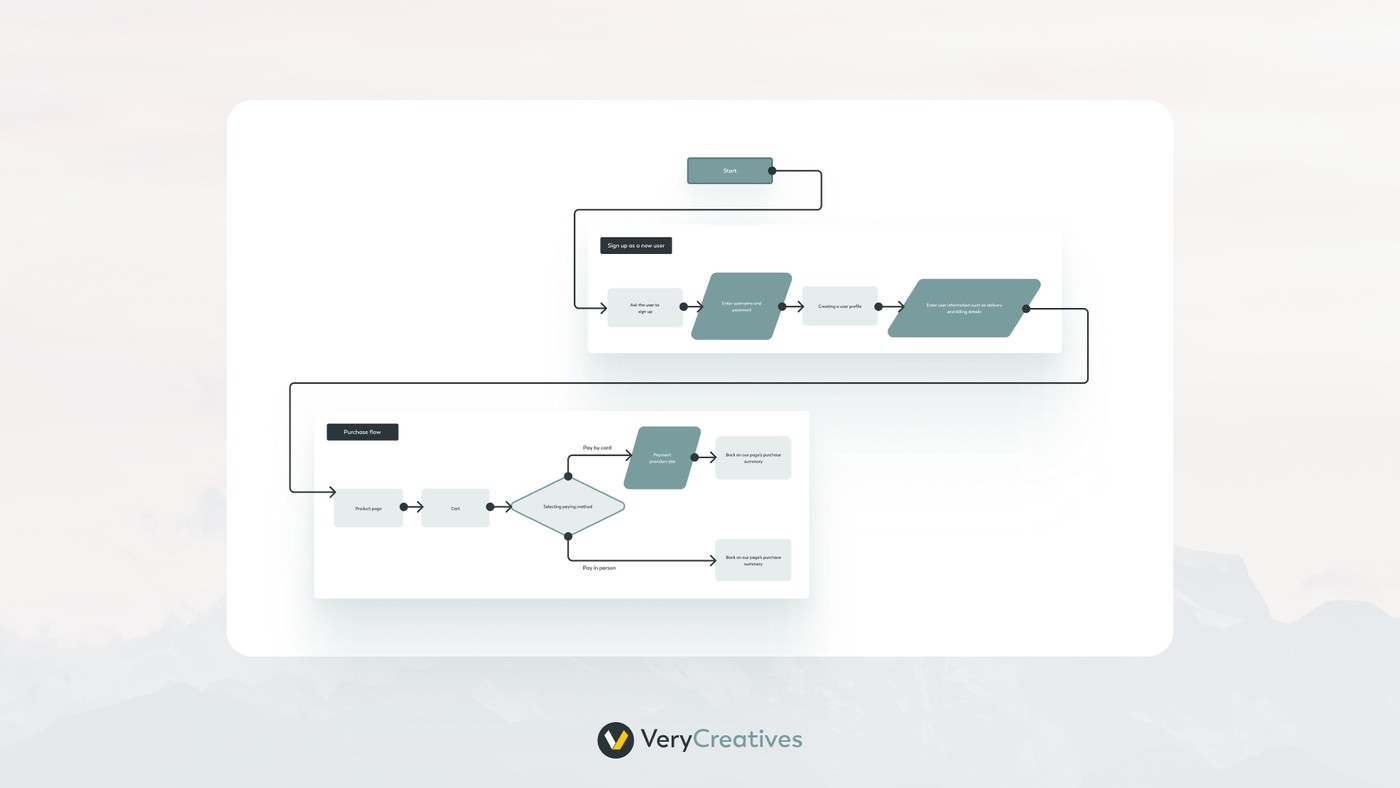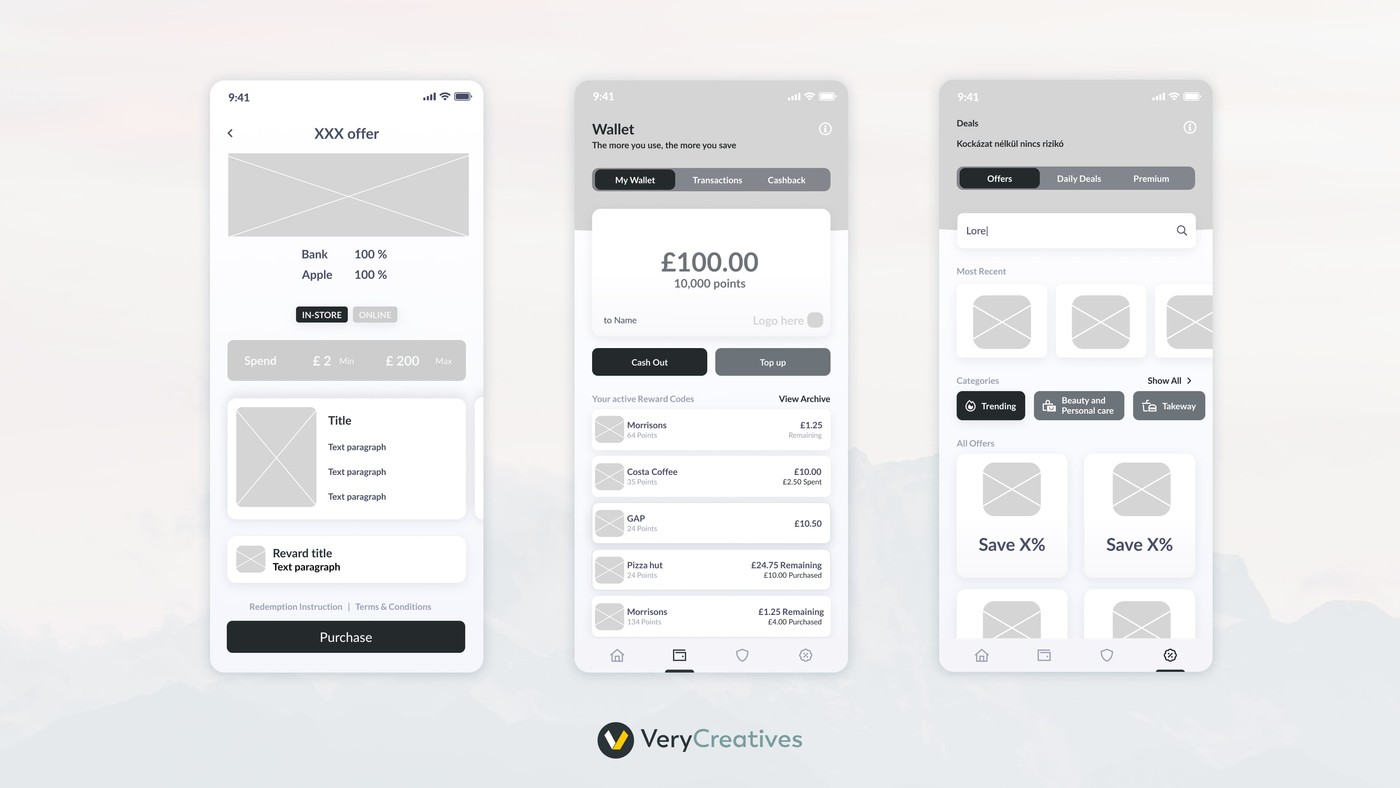Software developers notice that software as a service (SaaS) opens opportunities for a wider market reach and more reliable, predictable revenue month after month.
By mastering the steps involved in SaaS application development, you can prevent many problems: evolving market demands, growing data management costs, and inefficient resource management.
In this article, we’ll examine each step of the process in more detail to help you prevent these kinds of issues.
What is SaaS application development?
Increasingly, the public stops viewing software and applications as one-time purchases at brick-and-mortar shops. Instead, product development for existing and new products centers on SaaS.
SaaS stands for “software as a service”. It refers to software applications that are hosted by a cloud provider for use by consumers over the internet (rather than buying and installing a physical copy).
Users typically pay a monthly fee to subscribe to the SaaS application, which offers advantages for both consumers and developers.
For example:
- Increased sales: Rather than paying for an expensive initial license to download the software, users can simply pay a substantially lower fee, or even test the software for free during an initial trial period. This results in many more customers than a heftier initial investment would yield.
- Agile development: Because the software is typically cloud-based, updates can be continuous. As a developer, you do not have to wait until the next generation of the application to release a new feature or to improve the application’s performance.
- Scalability: SaaS allows for greater market reach, reaching customers all over the world. Additionally, most SaaS products run on a cloud services infrastructure, which can easily be scaled up to accommodate new users.
- Customer loyalty: SaaS allows for unparalleled data analytics that give insight to your customer’s pain points and experiences. This drives customer retention and loyalty—when customers feel that their concerns are being addressed, they tend to stick around!
Steps to take in your SaaS application development
There are a number of steps to think about while you’re planning on creating your SaaS software development:
SaaS application development is a complex process, overlapping technology, marketing, and business development.
Because of this, many entrepreneurs feel intimidated by building a SaaS app at the start. They worry about their lack of knowledge on one or multiple facets of SaaS developement.
But if you have the right plan (and the right attitude), the task becomes much less complicated.
Here, we’ll outline the major steps you should take to turn your vision into reality.
1. Conceptualize
Before you can develop your SaaS application, you must first master the market landscape. Ask yourself:
- What problem will my application attempt to solve?
- Who are my potential customers?
- How large would this market be?
- What solutions to this problem do my competitors offer?
- What features and functionality will be necessary?
- What does my product do differently?
- What pricing model works best in the market’s landscape?
- What are the trends in the market, overall?
These questions seem pretty straightforward but may require substantial research to answer fully. For example, in order to understand your customer base—their desired features, pain points, and current behaviors—you may have to conduct some market research.
This could involve conducting a study, soliciting feedback, inviting potential customers to brainstorming sessions, and even hiring an external firm to conduct the research for you.

But doing the research is only the first step. It’s important to formalize your vision by creating a product strategy and a product roadmap.
These documents help you to ensure your entire team is on the same page and working towards the same goal.
2. Price
Setting a price for your SaaS app requires a thorough consideration of your development process and current SaaS market trends.
- Start by detailing your costs. Try to estimate the total costs of development, marketing, customer service, hosting, staff, and updates.
- Consider your product’s unique value. Ask yourself how your product saves your customer time or money—how might you monetize these savings?
- Stay competitive. Consider how your competitors have priced their SaaS applications. Although some customers are searching for the lowest cost available, don’t underestimate the unique value your product offers.
- Develop a tiered pricing model. Rather than one set cost for every single customer, consider creating tiers. Customers who need more services pay more, while customers using only limited features pay much less.
No matter how much research and planning you do in advance, there is no better source of information than from the customers themselves. When it’s time for you to solicit feedback on your application, include a question about price.

Ask your potential customers how much they’d be willing to pay for such a service. Offering a free trial may help customers understand the value of your product, which may lead to higher sales.
3. Develop infrastructure
Your SaaS app will need to store and handle a variety of data: your customers’ data, operational data, and sensitive customer information (identity, payment, usage). That’s why you need to choose the right infrastructure to work with your product.
There are three main approaches to infrastructure in SaaS. Let’s take a closer look at the pros and cons of each.
| Pros | Cons | |
|---|---|---|
| Public Cloud | Using a public cloud-based storage such as Amazon Web Services or Google Cloud Platform offers unmatched scalability and hands-off data management. They are incredibly cost-effective—you pay for what you use. Given their vast size and amount of resources, they are incredibly reliable and do not often experience crashes or outages. | Outsourcing your storage can mean a lack of privacy for you and your customers, and may cause complications when it comes to international compliance / regulatory issues. Additionally, you may find it difficult to migrate your data to other companies in the future. |
| Private Cloud | Private cloud-based storage is set up by a third-party and dedicated only to your company’s data. This means no one but you has access to your customers’ data. These are highly adaptable and offer customizable security procedures and back up, minimizing the risk of lapses in compliance. | Private cloud-based storage requires a significant upfront investment for consultation, setup and hosting fees. Additionally, your data, although hosted via a server offsite, is localized to a single point. Though private cloud management firms do an excellent job of maintaining hardware and creating disaster recovery plans, there still exists the possibility of data loss and downtime. |
| Onsite | On-site storage offers complete control over your data, which means you can ensure your compliance with all regulations and data-protection laws. Also, no monthly payments to external firms are necessary, which may save money in the long term. | On-site storage requires the highest initial investment — it requires the purchase of hardware and software, hiring and training dedicated staff to maintenance and security, and it is not easily scalable. Should your customer base grow substantially, you would need to upgrade your hardware to meet the increased need. |
Many firms combine some of these methods, working towards a hybrid infrastructure where certain kinds of data are stored in certain types of infrastructures. It’s important to choose the data management system that best suits your vision.
4. Prototype
One of the advantages of SaaS is that you do not need to develop a full version of your product before launch. Instead, just develop the minimum viable product (MVP).
As the name implies, MVP is the most basic version of your new SaaS software development. It’s a version with only the most basic features that validate your app’s core concept.

Your MVP allows you to conduct tests and solicit feedback from stakeholders, hook investors for further development, and establish a proof of concept that excites your customer base.
You need to make sure that even though it’s basic, it will allow you to do tests and see if your applications will work. Your MVP is also the first line of hooking investors for your software development. It needs to be enticing enough to make people want to invest.
Just follow these three steps.
- Identify your core value proposition. Return to your vision and product strategy to determine what the key problem or pain point your product aims to address.
- Find the minimum features. Take a look at what features, at the absolute minimum, are needed to make the application functional.
- Build a prototype. Develop a working version of your app with only basic SaaS application design elements so that you can prove that your idea works.
5. Test
Now that your MVP is finished, it’s time to share your product with key stakeholders. This includes customers, team members, investors, and management.
Each of these stakeholders can offer useful feedback on the functionality and value of the initial prototype.
During the testing period, continue to make new iterations of the MVP, incorporating the feedback of the initial users.

It’s important to prioritize the feedback you receive, perhaps using something like the MoSCoW method:
- Mo - Must have — features that are essential to the functionality of your app
- S - Should have — features that are critical for the success of the application, but can be delayed without losing functionality.
- Co - Could have — features that are desirable and add value, but are not necessary
- W - Won’t have — features that are not feasible currently and should be shelved for later.
Continue cycling back and forth between testing and updating until you’ve finished all of the “Must have” features, and then continue to move down the list to “Should have” and “Could Have.”
6. Launch
Release your SaaS out into the world!
Try to remember your launch date is not the end of your development, but the beginning!
As your users interact with your application, you must continuously update your roadmap so that your application stays competitive in the market. Using a public-facing roadmap can help you and your customers visualize and prioritize updates to your software.
Ready to develop your SaaS application?
VeryCreatives would love to partner with you to help you on every step of your development journey and create something incredible. Book a call with us today or read more about our work on our website.